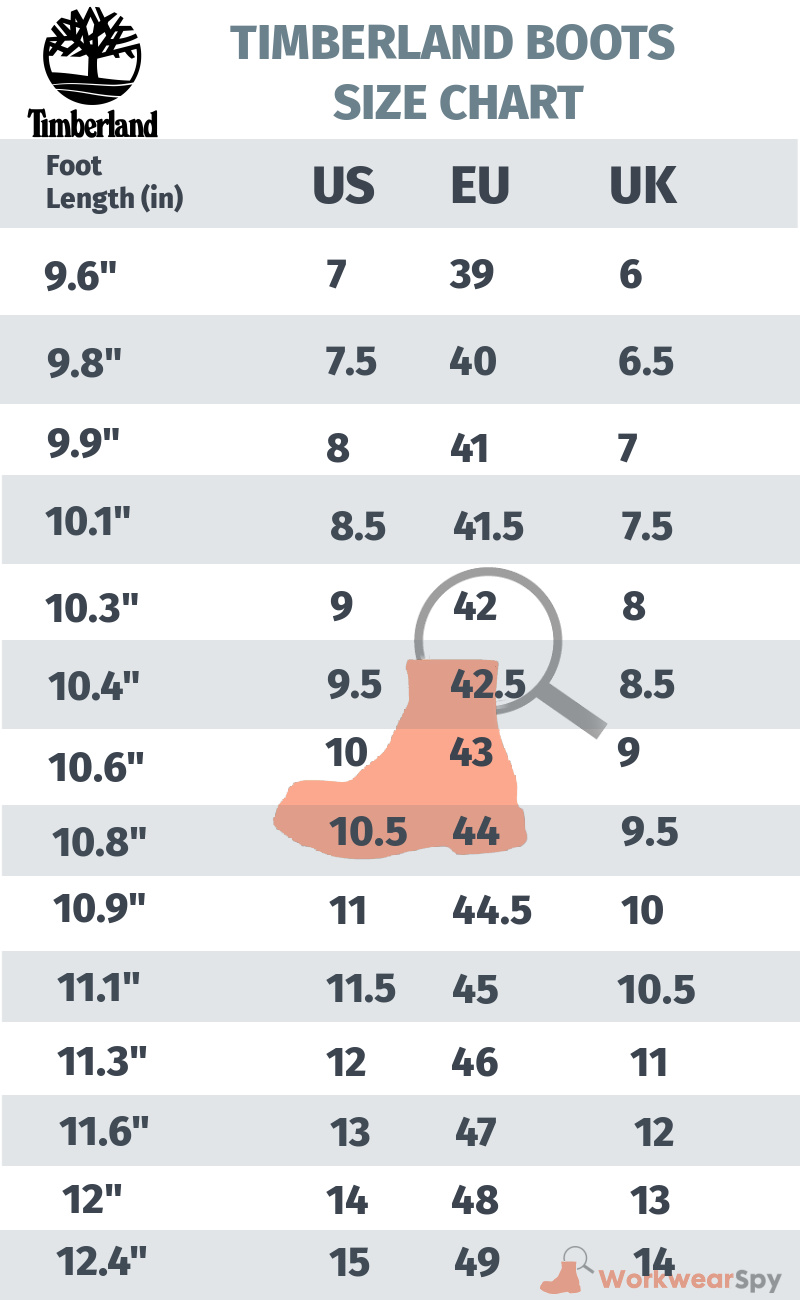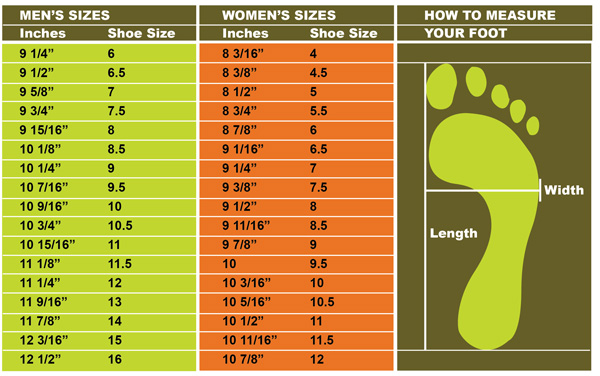Understanding Boot Sizing: Why It Matters
Finding the right boot size is crucial for comfort, performance, and overall foot health. Ill-fitting boots can lead to a range of issues, from discomfort and blisters to poor performance and even injuries. In fact, a study by the American Podiatric Medical Association found that 75% of people experience foot problems due to poorly fitting shoes. This is especially important for individuals who spend a lot of time on their feet, such as hikers, workers, or athletes. When asking yourself “what size am I in boots?”, it’s essential to consider the consequences of getting it wrong. By understanding the importance of boot sizing, you can avoid common pitfalls and find the ideal pair for your needs. Whether you’re looking for a comfortable fit for everyday wear or a precise fit for athletic performance, finding the right boot size is key.
Measuring Your Foot: A Step-by-Step Guide
To determine your ideal boot size, it’s essential to take accurate measurements of your foot length and width. Here’s a step-by-step guide to help you get it right:
Method 1: Using a Brannock Device
A Brannock device is a specialized tool used to measure foot length and width. You can find one at most shoe stores or online. Place your foot on the device, ensuring your heel is aligned with the back of the device. Take note of the length and width measurements indicated on the device.
Method 2: Using a Ruler
If you don’t have access to a Brannock device, you can use a ruler to measure your foot length and width. Place a ruler on a flat surface and stand on it with your foot parallel to the ruler. Mark the point where your heel ends and the point where your longest toe ends. Measure the distance between these two points to get your foot length. To measure width, mark the points where your foot is widest and measure the distance between them.
Tips for Accurate Measurements:
Ensure you’re standing up straight and your foot is relaxed when taking measurements.
Take multiple measurements to ensure accuracy, and use the average value.
Measure both feet, as they may differ in size.
Now that you have your measurements, you can use them to determine your ideal boot size. Remember, when asking “what size am I in boots?”, it’s crucial to consider both length and width to ensure a comfortable and precise fit.
How to Determine Your Boot Size: A Simple Formula
Now that you have your foot measurements, it’s time to determine your ideal boot size. Here’s a simple formula to help you get the perfect fit:
Boot Size = Foot Length + (Foot Width x 0.5)
This formula takes into account both foot length and width to provide a more accurate boot size. For example, if your foot length is 10 inches and your foot width is 4 inches, your boot size would be:
Boot Size = 10 + (4 x 0.5) = 12
Conversion Chart:
Use the following conversion chart to determine your boot size based on different boot styles and brands:
| Boot Style | Brand | Size Conversion |
|---|---|---|
| Hiking Boots | Merrell | +1 size from foot length |
| Work Boots | Timberland | +0.5 size from foot length |
| Chelsea Boots | Dr. Martens | -0.5 size from foot length |
Remember, when asking “what size am I in boots?”, it’s essential to consider both foot length and width, as well as the specific boot style and brand you’re interested in. By using this simple formula and conversion chart, you can ensure a comfortable and precise fit.
Boot Sizing Charts: A Comparison of Popular Brands
When it comes to finding the right boot size, understanding the sizing charts of popular brands is crucial. Different brands have their own unique sizing systems, which can make it challenging to determine your ideal size. Here’s a comparison of boot sizing charts from popular brands, including UGG, Timberland, and Dr. Martens:
UGG Boot Sizing Chart:
| Foot Length (in) | UGG Boot Size |
|---|---|
| 8-8.5 | 6 |
| 9-9.5 | 7 |
| 10-10.5 | 8 |
Timberland Boot Sizing Chart:
| Foot Length (in) | Timberland Boot Size |
|---|---|
| 8-8.5 | 6.5 |
| 9-9.5 | 7.5 |
| 10-10.5 | 8.5 |
Dr. Martens Boot Sizing Chart:
| Foot Length (in) | Dr. Martens Boot Size |
|---|---|
| 8-8.5 | 7 |
| 9-9.5 | 8 |
| 10-10.5 | 9 |
As you can see, each brand has its own unique sizing system. When asking “what size am I in boots?”, it’s essential to consult the sizing chart of the specific brand you’re interested in to ensure a comfortable and precise fit.
Factors Affecting Boot Fit: Width, Arch, and Instep
When determining your ideal boot size, it’s essential to consider factors beyond just foot length. Foot width, arch type, and instep height can significantly impact the fit and comfort of your boots. Here’s how to take these factors into account:
Foot Width:
Foot width is a critical factor in boot sizing. If you have narrow or wide feet, you’ll need to adjust your boot size accordingly. For example, if you have narrow feet, you may need to size down to ensure a comfortable fit. On the other hand, if you have wide feet, you may need to size up to accommodate your foot width.
Arch Type:
Your arch type can also affect the fit of your boots. If you have flat feet or high arches, you may need to choose boots with additional arch support or cushioning. This can help reduce discomfort and prevent issues like plantar fasciitis.
Instep Height:
Instep height refers to the height of the arch of your foot. If you have a high instep, you may need to choose boots with a higher shaft or more room in the toe box to accommodate your foot shape.
Considering these factors is crucial when asking “what size am I in boots?” By taking into account your foot width, arch type, and instep height, you can ensure a comfortable and precise fit. Remember, the right boot size is not just about the length of your foot, but also about the overall shape and size of your foot.
Trying Before You Buy: The Benefits of In-Store Fittings
When it comes to finding the right boot size, trying before you buy is crucial. In-store fittings offer a range of benefits that can help ensure a comfortable and precise fit. Here are just a few reasons why trying on boots in-store is a must:
Avoid Returns:
One of the biggest advantages of trying on boots in-store is the ability to avoid returns. When you try on boots online, there’s always a risk that they won’t fit quite right. By trying on boots in-store, you can ensure a comfortable fit and avoid the hassle of returns and exchanges.
Get a True Fit:
In-store fittings allow you to get a true sense of how the boots fit. You can walk around, bend, and move to ensure that the boots are comfortable and supportive. This is especially important if you’re looking for boots for a specific activity, such as hiking or working.
Get Expert Advice:
In-store sales associates are often knowledgeable about the products they sell. They can offer expert advice on sizing, fit, and style, helping you find the perfect pair of boots. Don’t be afraid to ask questions or seek guidance when trying on boots in-store.
Answering “What Size Am I in Boots?”:
Trying on boots in-store is also a great way to answer the question “what size am I in boots?” By trying on different sizes and styles, you can get a sense of your ideal boot size and find the perfect fit.
Overall, trying on boots in-store is an essential step in finding the right boot size. By taking the time to try on boots and get a true fit, you can ensure a comfortable and supportive pair of boots that meet your needs.
Online Shopping Hacks: Finding the Right Size Without Trying
While trying on boots in-store is ideal, it’s not always possible. For online shoppers, finding the right size can be a challenge. However, with a few simple hacks, you can increase your chances of getting the perfect fit:
Use Size Charts:
Most online retailers provide size charts for their boots. Take the time to review these charts and compare them to your own foot measurements. This will help you determine the best size for your feet.
Read Reviews:
Reviews from other customers can provide valuable insights into the fit and sizing of a particular boot style. Look for reviews that mention sizing and fit to get a sense of whether the boots run true to size or not.
Contact Customer Service:
If you’re still unsure about sizing, don’t hesitate to contact customer service. They can provide additional information about the boots and help you determine the best size for your needs.
Check the Return Policy:
Even with the best research, it’s possible to get the wrong size. Make sure to check the return policy of the online retailer before making a purchase. This will give you peace of mind and allow you to return or exchange the boots if they don’t fit.
Answering “What Size Am I in Boots?”:
By using these online shopping hacks, you can answer the question “what size am I in boots?” with confidence. Remember to take your time, do your research, and don’t be afraid to ask for help when needed.
With these tips, you can find the perfect fit even when shopping online. Happy shopping!
Conclusion: Finding Your Perfect Boot Size Made Easy
Finding the right boot size is crucial for comfort, performance, and overall satisfaction. By following the tips and guidelines outlined in this article, readers can ensure they get the perfect fit. Remember, finding the right boot size is not just about comfort, it’s also about avoiding blisters, discomfort, and poor performance.
Before making a purchase, take the time to:
- Measure your foot length and width accurately
- Use a simple formula to determine your boot size
- Consult boot sizing charts for different brands and styles
- Consider factors such as foot width, arch type, and instep height
- Try on boots in-store before purchasing, if possible
- Use online shopping hacks, such as size charts and reviews, to ensure the right fit
By following these steps, you’ll be able to answer the question “what size am I in boots?” with confidence. Happy shopping, and remember, the right boot size is just a step away!







